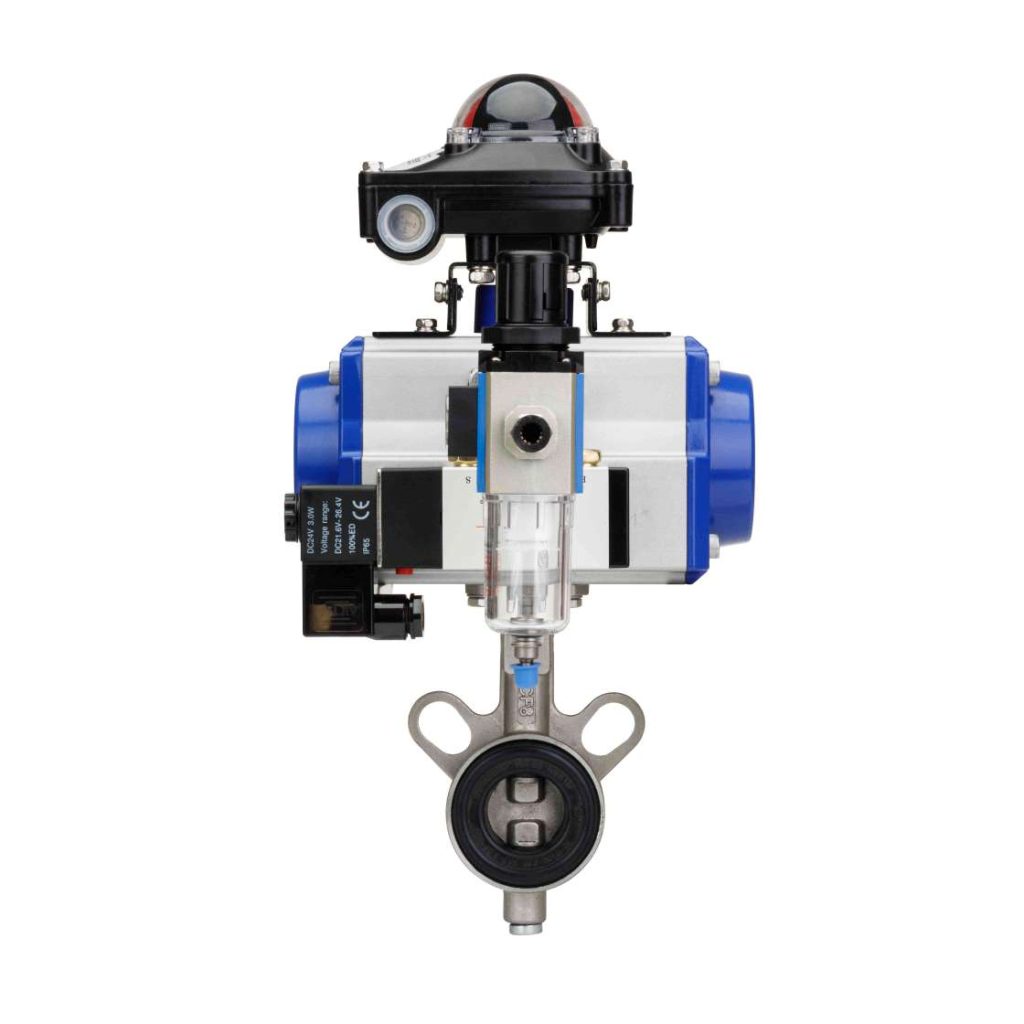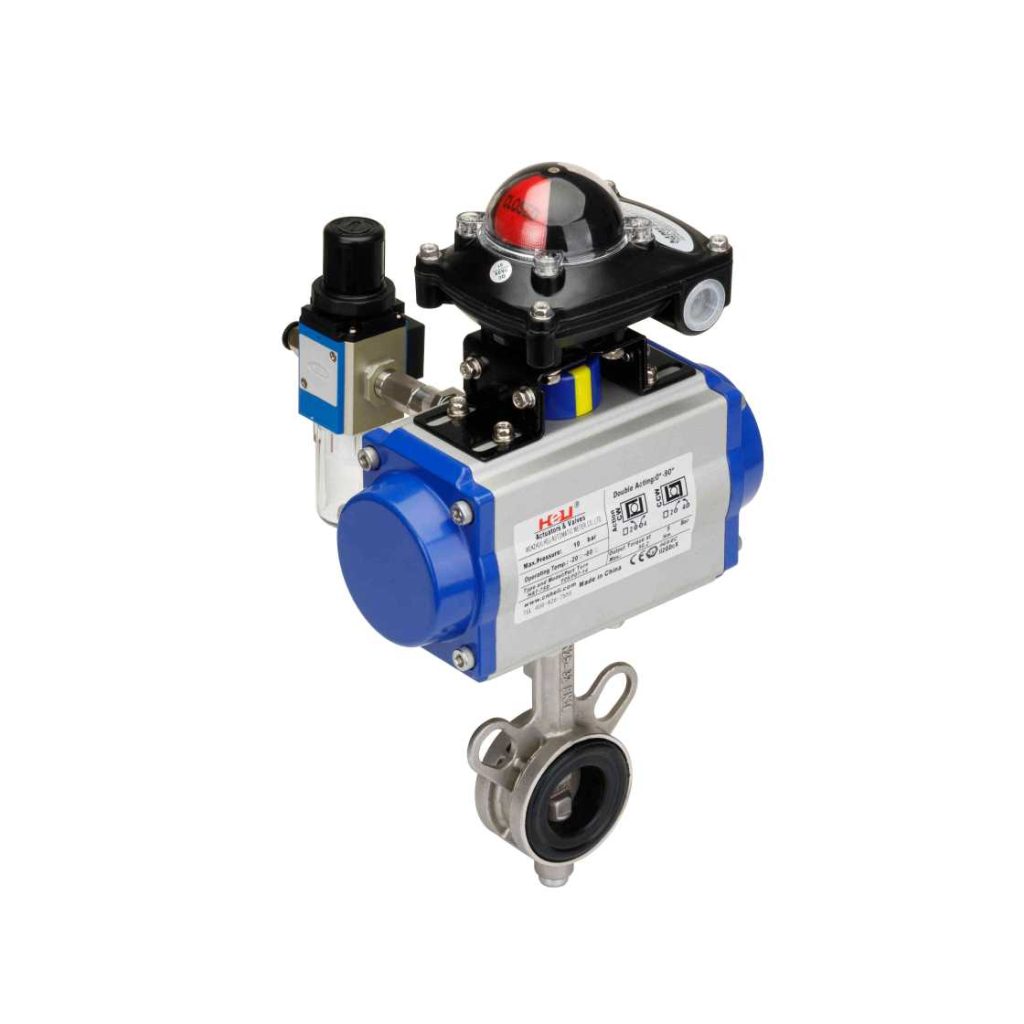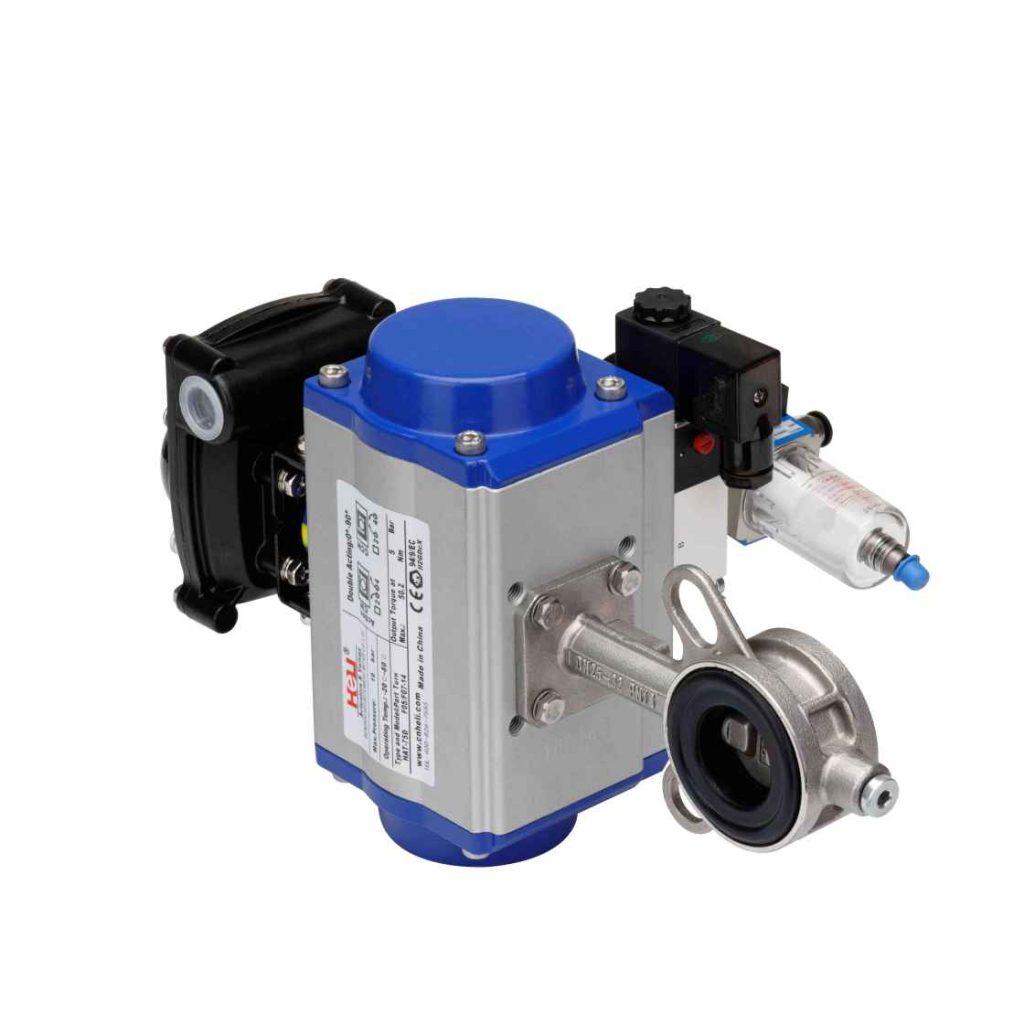A pneumatic butterfly valve is an essential piece of equipment used in a wide range of industries for controlling the flow of various fluids, including air, water, gases, and even some chemicals. It is highly regarded for its simplicity, reliability, and efficiency in regulating flow rates. In this article, we will explore the components, working principles, benefits, and applications of pneumatic butterfly valves to better understand their role in fluid control systems.

What is a Pneumatic Butterfly Valve?

A pneumatic butterfly valve consists of a rotating disc, called a “butterfly,” positioned within a pipe or duct. This valve is operated by a pneumatic actuator, which uses compressed air to open and close the valve. The primary purpose of the pneumatic butterfly valve is to control the flow of a fluid through a pipeline, either by completely stopping the flow or adjusting the flow rate depending on the positioning of the butterfly disc. The valve’s actuator can be a single-acting or double-acting pneumatic actuator: Single-acting actuator: It uses air pressure to open the valve, and a spring closes it when the pressure is released.
